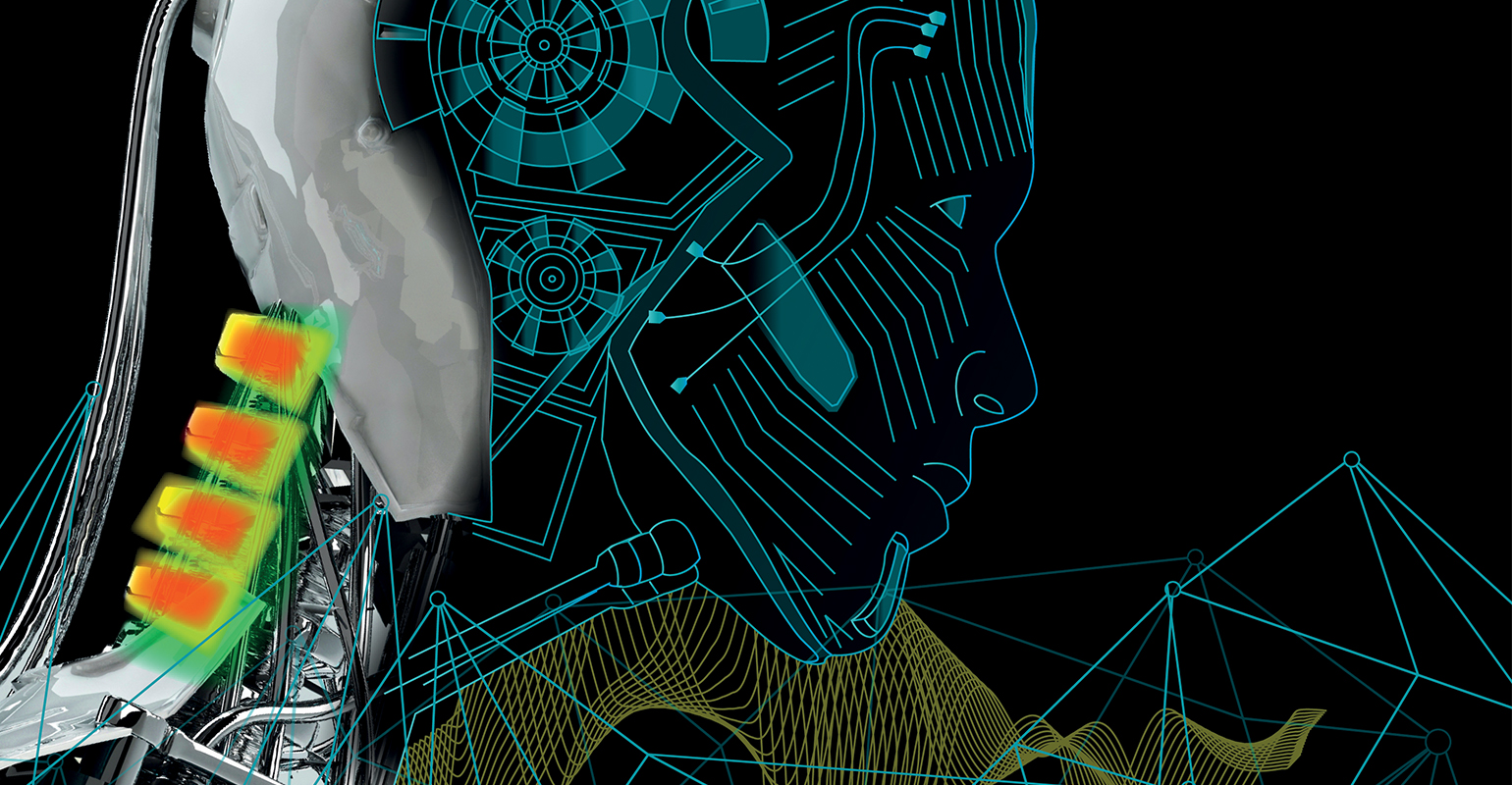4 benefits to machine simulation and digital prototyping

Machine building and design is constantly evolving as industrial machinery companies are being asked to build flexible, customized machines without slowing their design process.
The latest adaptation in this changing industry is integrated design and simulation, one of the three pillars of Intelligent Performance Engineering (IPE).
The digital twin is built on integrated design and simulation, in which all engineering disciplines capture simulation and validation results in a centralized repository.
Forward-thinking machine builders who have integrated machine simulation and digital prototyping into their design processes have realized four major benefits to adopting this methodology.
1. Higher quality designs
Supporting customer needs can be dramatically improved by re-using systems and components that test well, validate, and are proven to work.
Integrating design and simulation in the same environment automates the information-sharing process and enhances interdisciplinary collaboration.
And with a library of components built over decades, designers can use the combined engineering knowledge to simulate various what-if scenarios in the early design stage for improved designs overall.
2. Shorter commissioning time
Design and simulation teams can simultaneously perform verification on digital twin numerical models within the cloud.
By using the digital twin to assess a machine’s final behavior in every available configuration, engineers can assure rapid installation and commissioning.
All the testing that would normally take place after delivery has been done, and the customer can put their new piece of equipment into operation almost immediately.
3. Accurately predicted maintenance needs
Machine simulation and digital prototyping can also be used after the machine is in operation.
The same digital prototypes design engineers use to predict machine reliability can also be used to determine the longevity of parts within the machine.
Taking it a step further, IIoT data from the machine operation can be fed back into the digital prototype and combined with virtual sensor data.
This information can then be used to accurately predict when a machine will need maintenance according to its usage.
4. Reduce machine downtime in the field
By more accurately predicting machine maintenance, manufacturers can also reduce downtime.
By using simulation and digital prototypes to more accurately predict maintenance needs, plant operators can schedule both necessary and preventative maintenance during scheduled downtime.
In turn, this reduces the chances for any unplanned downtime and the need to find specialist field technicians at short notice.
That way, machines are operating more reliably for longer and being more productive overall.
Integrated machine design and simulation has even more benefits
Implementing simulation earlier in the design process identifies change when it is cheaper to implement, leads to faster commissioning during installation, and better productivity in operation.
This is just a portion of what Intelligent Performance Engineering has to offer.
Learn how integrated design and simulation connects to Intelligent Performance Engineering in our free white paper.
